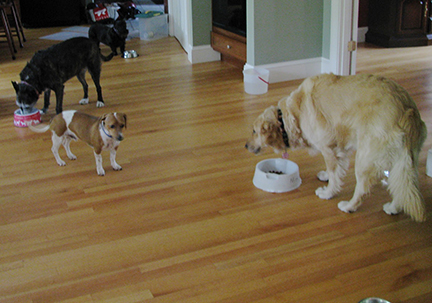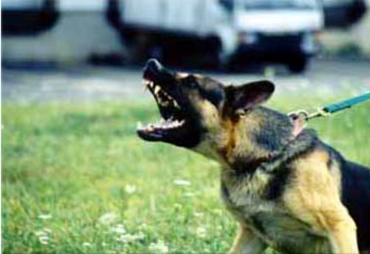
On a recent trip, I found myself in a nice hotel lobby visiting friends. I decided it was time for “goodbyes” so I headed for the elevator. When the door opened, there were three rather imposing-looking men standing along the back wall. I froze for a second! Do I get in and turn my back to them? Do I step in and continue to face them? Do I walk away as if I forgot something?
Depending on our past life experiences we may all feel differently about being in this situation. Many of you might say “Wow, you are overly sensitive” or “I would flee, for sure!”

Fight or Flight, also called the acute stress response are terms ethologist’s and behavioral psychologist use to describe the behavior of numerous species — including humans. If a stimulus is perceived as a threat, a more intense and prolonged discharge of locus ceruleus activates the sympathetic division of the nervous system. For a thorough understanding on how the body reacts, visit: (Thase & Howland, 1995)
We think of prey animals such as the horse, deer and other animals with wide set eyes to use flight as their way of staying safe. Predators such as wolves, cats & dogs will often choose flight if given the opportunity.
However, if a valued resource is worth fighting for, or if a predator is trapped and prevented from flight, then it will likely use a fight response to keep himself safe.
Fight-or-flight responses are as normal in our canine friends as in our human friends. When you see a dog use a fight response such as a growl with a specific stimulus, consider if the dog has a good reason to do so. Is the dog trapped? Is this dog given a chance to use flight? Could this dog have good reason to not trust a particular stimuli?

I suggest if you have a dog that is using a fight behavior, consider first the dogs history. Assess the situations, observe the dogs entire body, seek to understand before you consider how to proceed. Do not immediately correct or punish, as this dog may have good reason to growl or snap. The dog may simply be afraid. Help me prevent dogs from being punished for choosing fight when they are left with no other option. Dogs that have been punished for simply being afraid, are much harder to counter-condition later.

